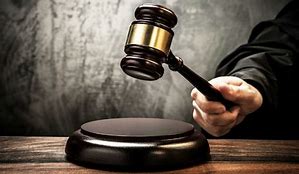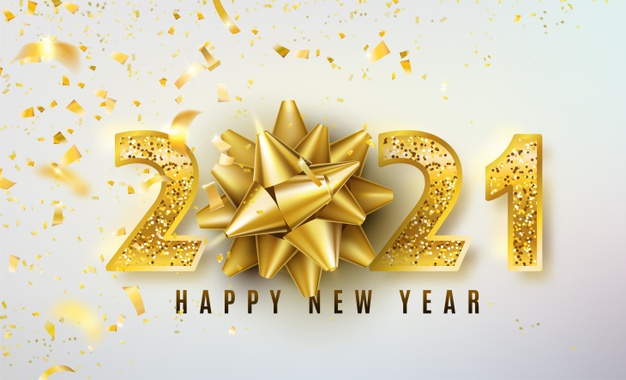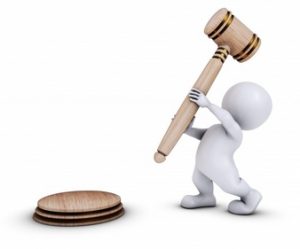
Driving for Better Business
Driving for Better Business (DfBB), the Government campaign group which encourages work-related road safety, has shared a list of eight things to think about in 2021 when managing drivers at work.
The latest lockdown means those who are managing drivers and vehicles will have to continue to adapt to the current situation and possibly the following scenarios.
Increased demands: Increased demands on home delivery networks carry a high risk of driver fatigue and companies have a duty to manage this, and not impose unrealistic work schedules.
Driver recruitment: Many firms providing essential services have had to recruit large numbers of drivers to keep up with demand and this may well continue into 2021.
Wellbeing: At a highly confusing and stressful time, sensitive management of people is essential for their continued welfare and to keep the business running efficiently.
Unused vehicles: With many working from home, company cars may be getting little if any use. Where possible, these vehicles need to be regularly started and moved, and when the restrictions start to lift, plans need to be in place to ensure a thorough pre-use check, including tyres and fluids, for example.
Scheduled maintenance and servicing: Ensuring full vehicle roadworthiness at all times, including during increased workloads, is essential.
Modal shifts: Many changes in working and vehicle use are likely to become more permanent. For example, business car mileage is likely to stay lower overall, with more working from home and the use of online meeting software.
Outsourced deliveries: Smaller businesses have been supplementing their reduced incomes by taking on outsourced delivery work from the large courier firms and utilising their own vans for local deliveries. Vehicle operators need to make sure this is managed properly.
Housekeeping: The start of the new year is an opportunity to review fleet housekeeping, ensuring policies, procedures and record keeping as are as effective as possible, and look for opportunities to improve.
If you have any questions, please contact us.

Employer’s duty of care
As an employer, you have a certain set of legal responsibilities for your staff. This includes ensuring their wellbeing and health and safety.
An employer’s duty of care encompasses a number of duties. The first, and most obvious, is the main overarching duty to ensure the health, safety and welfare of all your employees, as far as is “reasonably practicable”, as laid out by the Health and Safety at Work, etc Act 1974.
This includes providing them with a safe and healthy work environment, preventing:
•illness
•injury
•mental ill health.
This duty of care extends to the health, safety and welfare of non-employees as well, eg contractors, visitors, and clients.
The law also requires you to carry out a risk assessment. This will address the hazards in the workplace that may cause harm.
Another duty covers consultation. Legally, you must consult employees or their representatives on the health and safety risks they will face as part of their role, as well as the control measures you are putting into place to keep them safe.
First, a safe work environment is a productive work environment. If staff are ill or injured, they will need to take time off work. If employees have concerns regarding their safety or wellbeing, their attitude towards work will be less positive. Actively promoting employee wellbeing will increase employee engagement, increase productivity and significantly improve your retention rate.
Second, an unsafe workplace will suffer major reputational damage, particularly if an incident occurs. If an employee suffers from a work-related illness or accident, you could be held responsible. It may also lead to employment tribunals and even criminal prosecution.
Duty of care is a legal duty. Failure to plan adequately for the health and safety of employees will constitute a breach of this duty and can lead to visits from the Health and Safety Executive and significant fines.
An employer’s duty of care includes health and safety. You must ensure that suitable safety standards are created with associated safe systems of work. These should cover employees who work from home.
Within this definition is a duty for employee mental wellbeing. That means safeguarding your workers as far as is reasonably practicable from harassment and stress.
Here are some ways you can keep your staff safe, both mentally and physically:
•provide adequate equipment required to complete tasks
•provide health and safety training
•protect staff from discrimination
•have clear lines of communication
•manage and address staff misconduct and grievances.
An employer only has to comply with the duty of care in so far as it is reasonably practicable to do so. The test of what is reasonably practicable is not merely whether preventive measures were physically possible, or even financially possible. The accused employer must be able to show that it has weighed the degree of risk against how much it would cost the organisation — whether in time or money — to put in place adequate precautions. If it would cost a great deal to reduce the risk by only a fraction, you do not need to do so.
Examples of reasonably practicable actions include the following.
1.An employee informs their manager they’re suffering from pain in their wrists from their keyboard. As an employer, you can then provide them with a specialist keyboard, which can help prevent repetitive strain injury.
2.Another example would be to provide extra access points for those in your business with a disability. This will ensure they don’t struggle to exit and enter your premises and shows that you take their wellbeing seriously.
Contact us if you require further information.

Happy New Year!
Happy New Year, Everyone!
2020 will be a year seared in all our memories. It was a year that fundamentally challenged long established certainties about what we think is safe and what we believe is healthy in all areas of our lives. We hope that 2021 brings a brighter future for us all.
We appreciate your business and look forward to working with you in 2021.
If you would like us to write a blog on a particular topic, please get in touch.
Best wishes

Tips to ensure health and safety procedures are at the forefront of your business
Maintaining health and safety in the workplace is vital. According to the HSE, workplace injuries cost the UK economy £16.2 billion between 2018/2019. Many companies cannot afford the cost of a big accident so it’s vital that employers strive to maintain a high standard of health and safety. Here are six tips to ensure that.
The first step to improving health and safety standards for your employees is to inspect the workplace and conduct a risk assessment. This will help you identify any potential hazards and pitfalls you might not notice otherwise.
This inspection will also help you see if your company’s getting risk control right and if so, how this is the case. For example, if it’s due to one person’s dedication or a particular procedure, the inspection will highlight that. You’ll also see any underlying problems and how they can be changed.
Once you know what hazards you need to protect against, you need to devise a health and safety plan to control and eliminate (if possible) them from your workplace.
The structure of this plan will depend on the individual workplace because different jobs involve different hazards. For example, warehouse staff are exposed to hazards from heavy lifting, machinery and slips, trips and falls. Office workers, on the other hand, are exposed to slip hazards and eye strain from looking at computers all day.
That’s why when you’re coming up with this health and safety plan, ensure you cater it for the specific job role.
It’s vital that you provide your employees with the necessary training they need to carry out their jobs safely. For example, clear, written instructions, supervision and safe work procedures will help guide your employees.
If you don’t provide sufficient training, you’re putting both your employees and your reputation at risk if there’s an accident.
Hold regular meetings with your team to discuss health and safety issues. It’s a good idea to encourage them to share their thoughts and ideas freely as your workers can offer unique insights.
In addition, regular meetings keep your team in the loop with any important health and safety updates.
Ensure that equipment is regularly inspected and kept in good working condition. Make sure that your team stops using any faulty equipment immediately and that you arrange for it to be repaired or replaced. In addition, arrange inspections of the workplace so you can see whether your employees are following your health and safety procedures.
If there are any incidents, make sure you conduct an investigation to determine why it happened, even if it doesn’t result in a serious injury. This ensures that it won’t happen again.
Then, make sure you keep records of all of these investigations, inspections and equipment manuals to help you stay on top of health and safety trends.
Personal protective equipment (PPE) should be used to protect your employees from hazards. PPE requirements vary from job role to job role, so ensure that you provide equipment that protects your employees from the specific hazards they’re exposed to.
Health and safety should be an integral part of your business, not an afterthought. It ensures your employees, who are your greatest resource, are protected and this will help your business flourish. Happy employees mean harder workers, better productivity, a glowing brand image and greater revenue in the long run.
Contact us if you require further information.